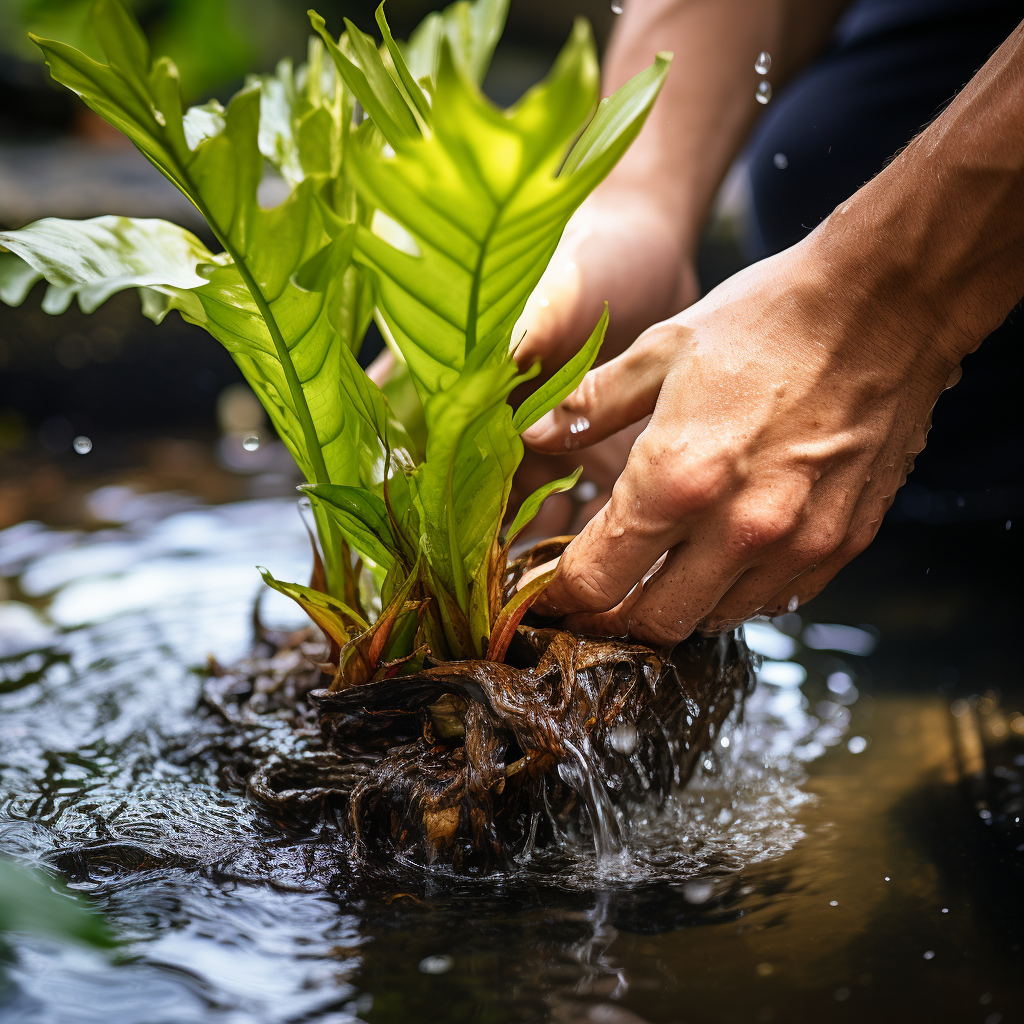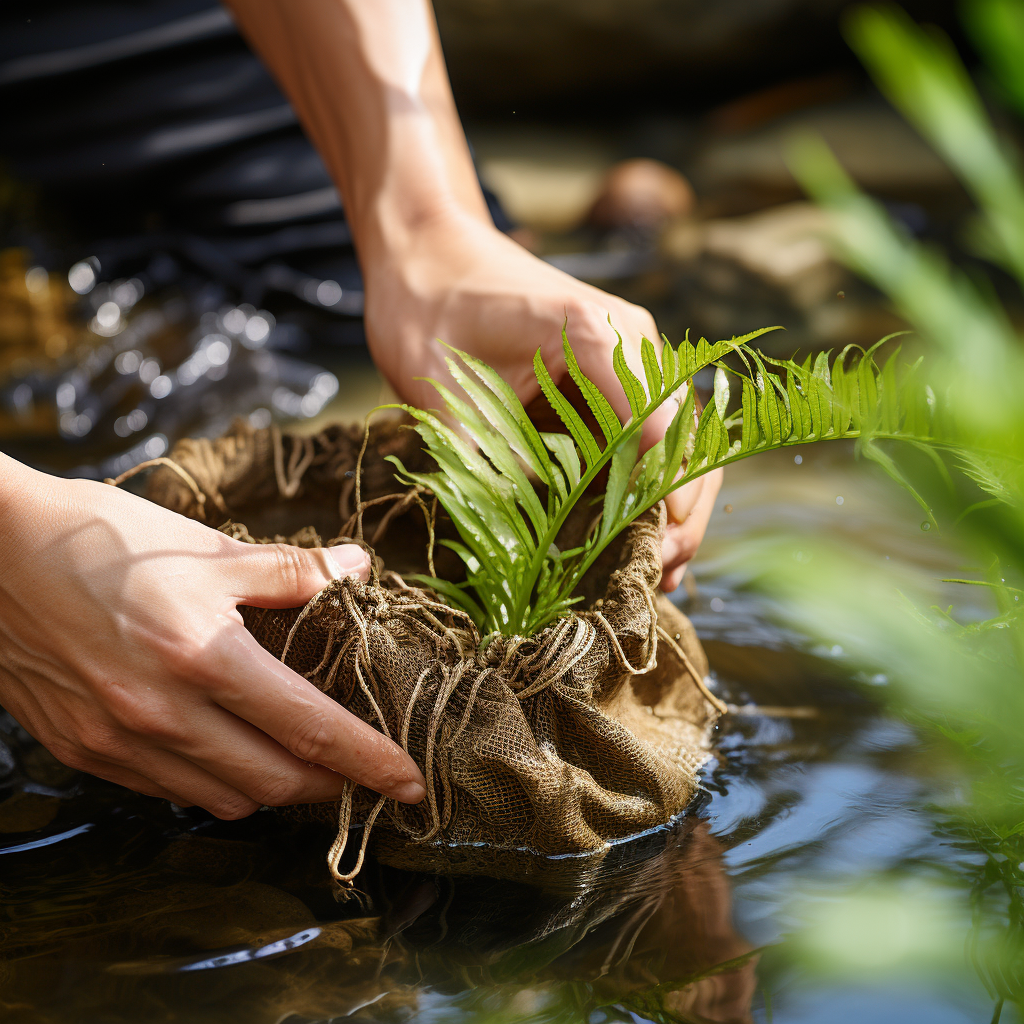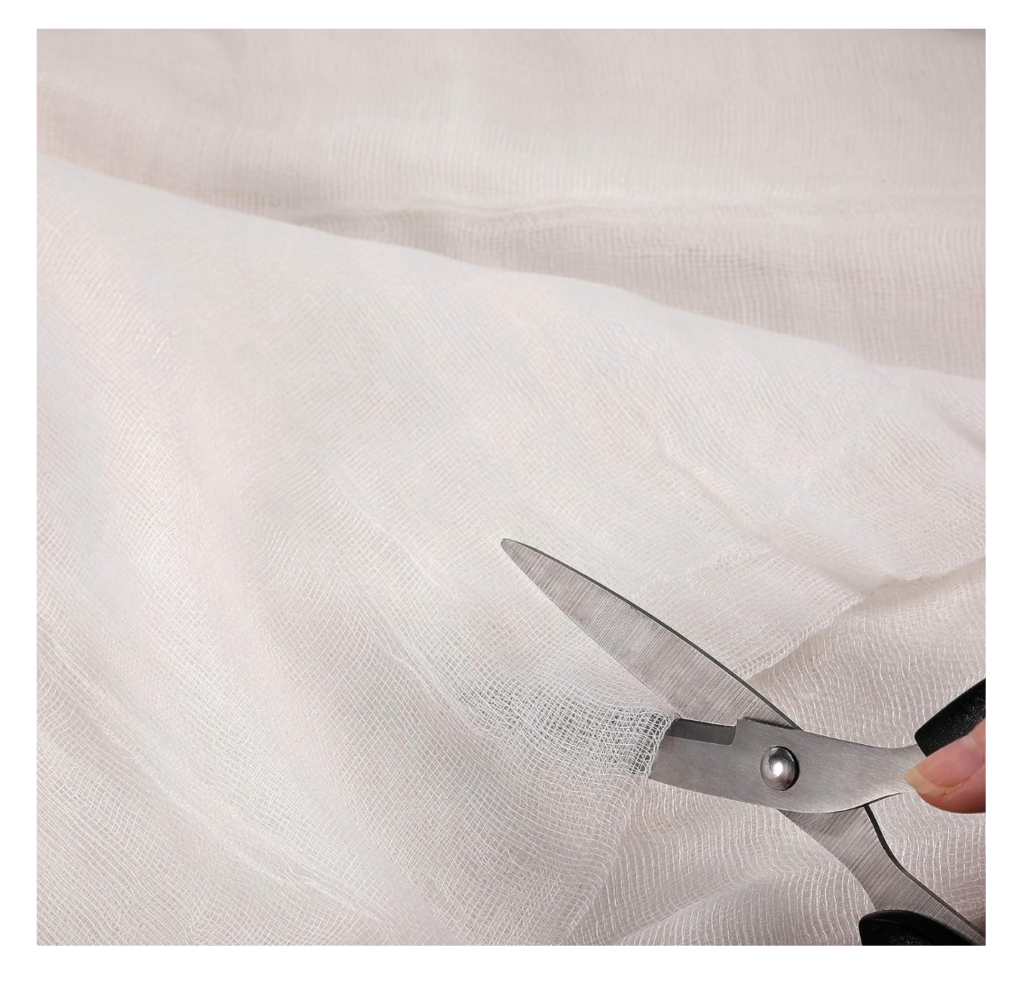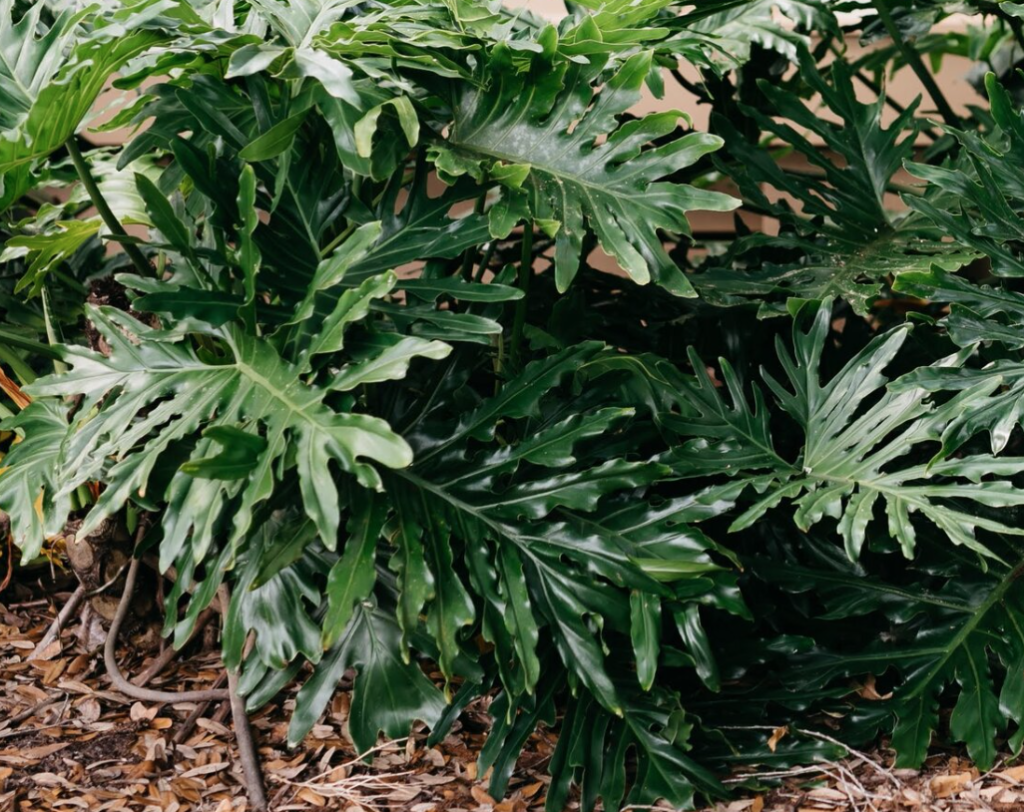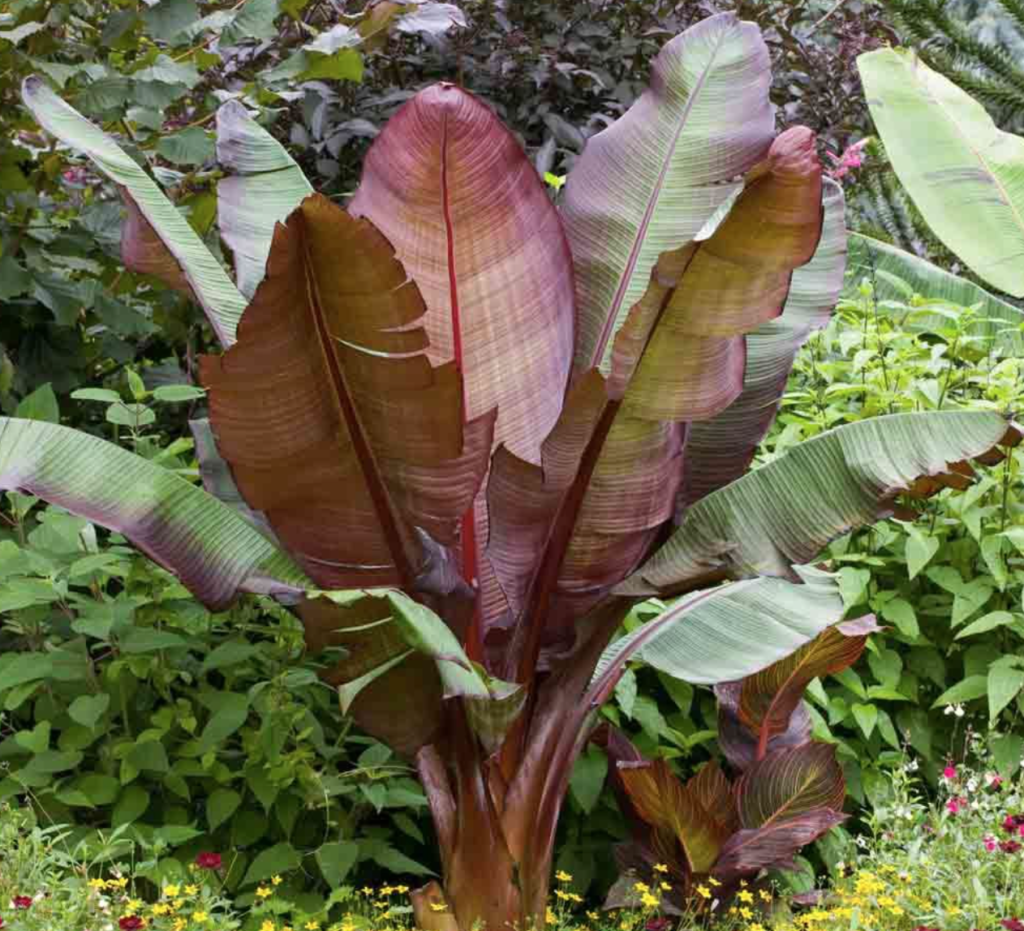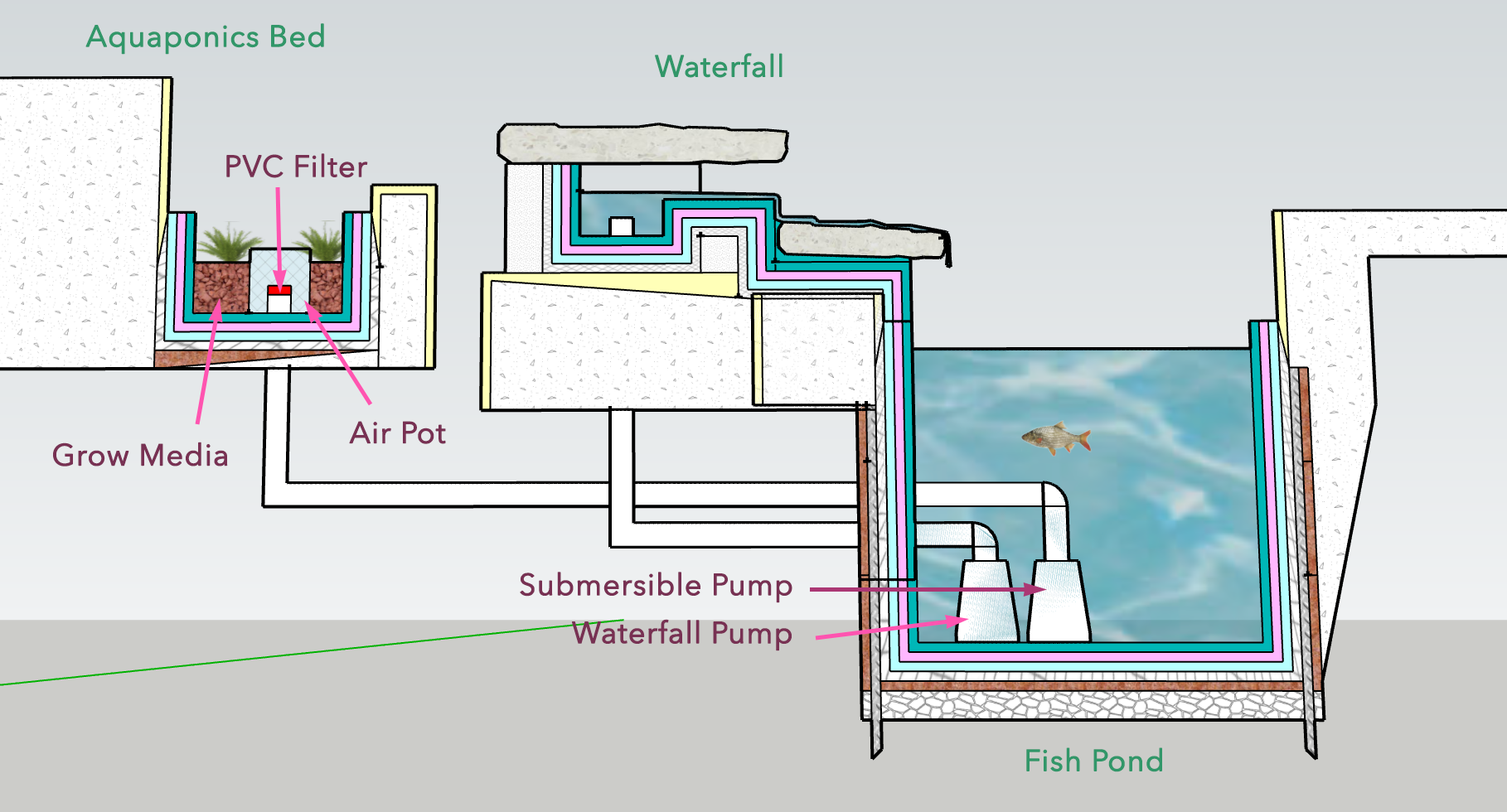
Introduction
Aquaponics is a sustainable and eco-friendly method of growing plants and raising fish together in a symbiotic environment. The main component of a successful aquaponics system is the integration of a fish pond and grow bed, both working together to create a thriving ecosystem. In this article, we’ll guide you on how to set up these components using a single pump and timer, explore suitable fish species, discuss media and aerobic nitrifying bacteria, introduce worm species, and touch on the importance of aerators in outdoor systems.
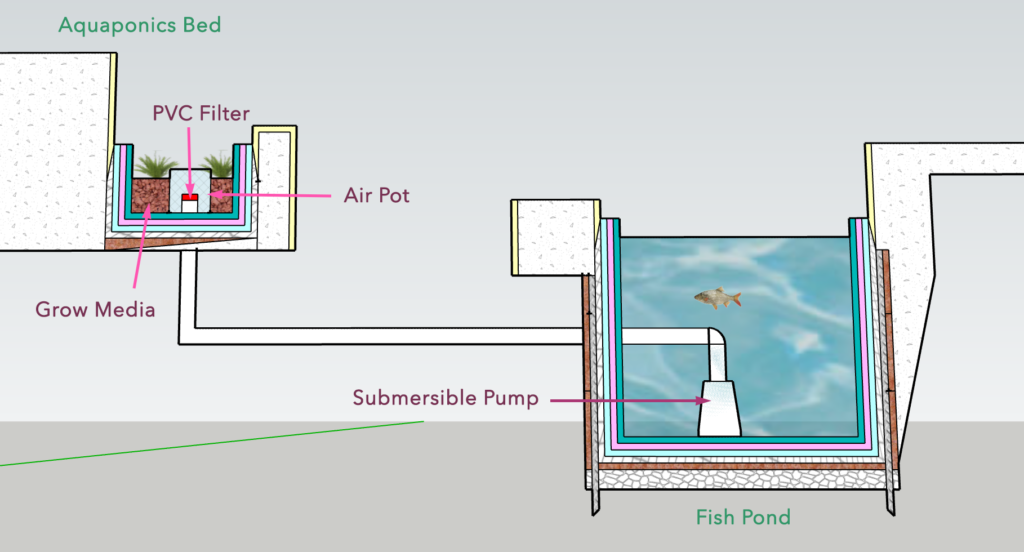
Setting up the Fish Tank and Grow Bed
Begin with a fish pond that will serve as the central reservoir for water. The water is then pumped from the pond to the grow bed, where plants can efficiently utilize the nutrients present. A timer is used to control the pump, ensuring a consistent flow of water between the two components, providing the plants with essential nutrients and filtering the water for the fish. When the pump disengages, the flow of water reverses and purified water percolates back into the fish tank.
We suggest placing an air pot at the aquaponics bed drain. It serves two purposes: preventing media and debris from clogging the drain and providing a visual water level reference when filling the bed without digging through the media. We recommend the SanSanYa Air Root Pruning Pots available at Amazon.
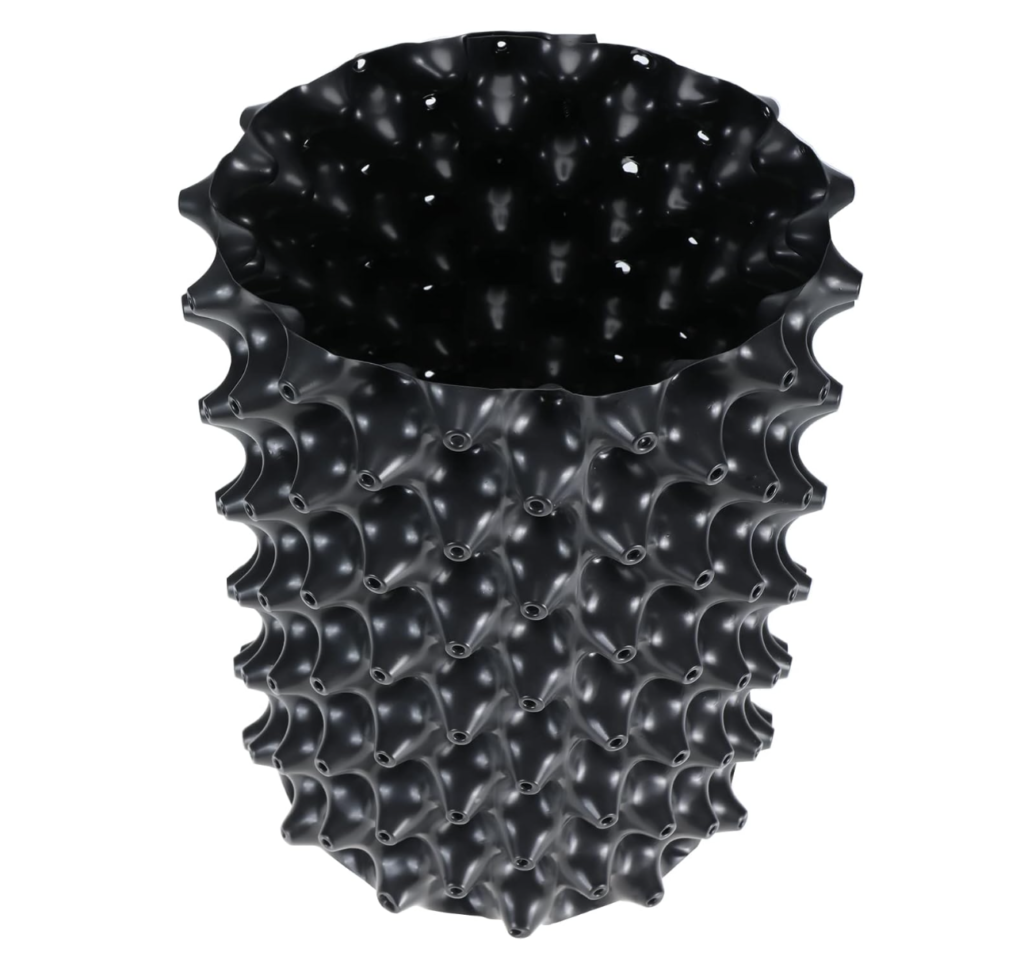
The timer must run at least three times per day. The timer turns on the pump for the amount of time it takes to fill the media bed to about 2/3 full without the water level exceeding the top of the media. We recommend the BN-LINK Timer Outlet Short Period Repeat Cycle Intermittent Digital Timer, Interval Timer available at Amazon.
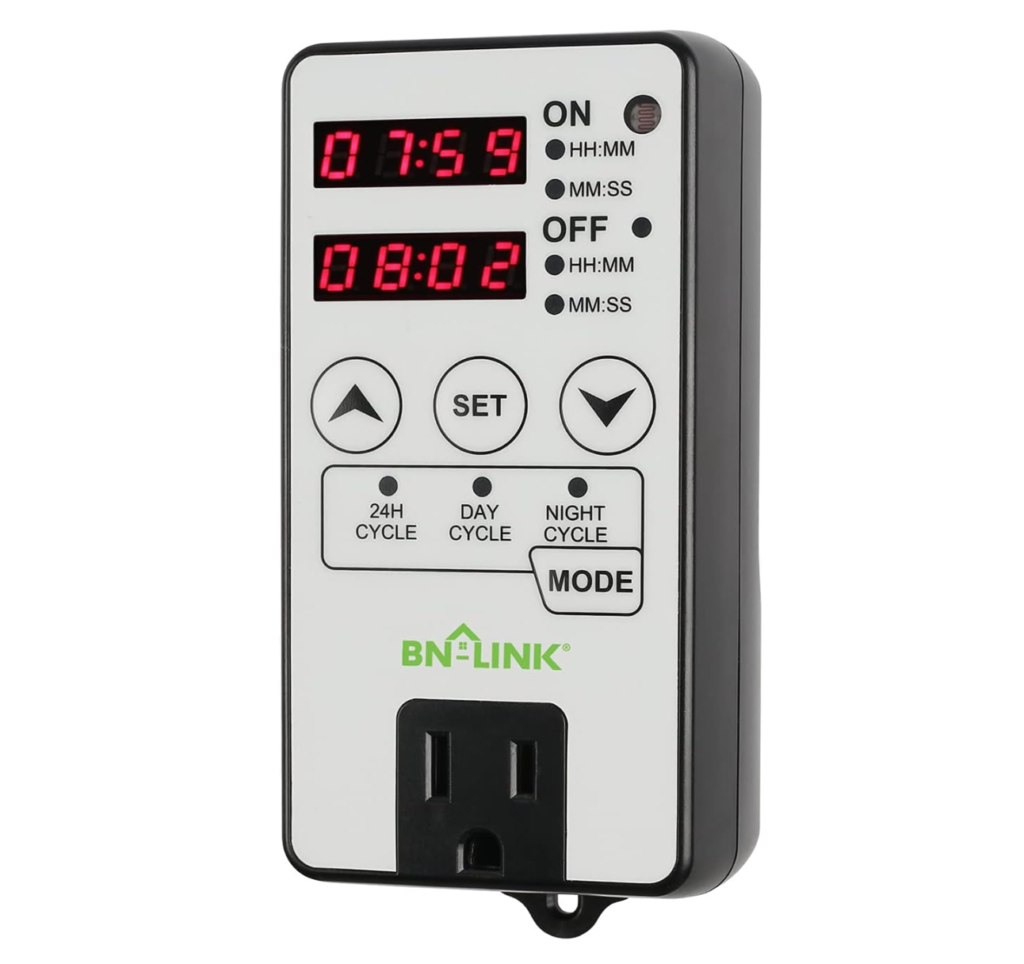
Fish Species for Aquaponics
Koi are popular fish choices for aquaponics systems due to their hardiness and ability to thrive in various water conditions. Some fun and tasty fish species for the farmer are Tilapia or Catfish, which both adapt well to an aquaponics setup.
Media and Aerobic Nitrifying Bacteria
The grow bed requires a media that is pH neutral and provides a surface for beneficial aerobic nitrifying bacteria to colonize. Media options like shale, expanded clay or granite gravel work exceptionally well, as they support the growth of these bacteria. The bacteria play a crucial role in converting fish waste (ammonia) into nitrites and then into nitrates, which serve as essential nutrients for the plants.
We recommend API QUICK START Freshwater and Saltwater Aquarium Nitrifying Bacteria available at Amazon.
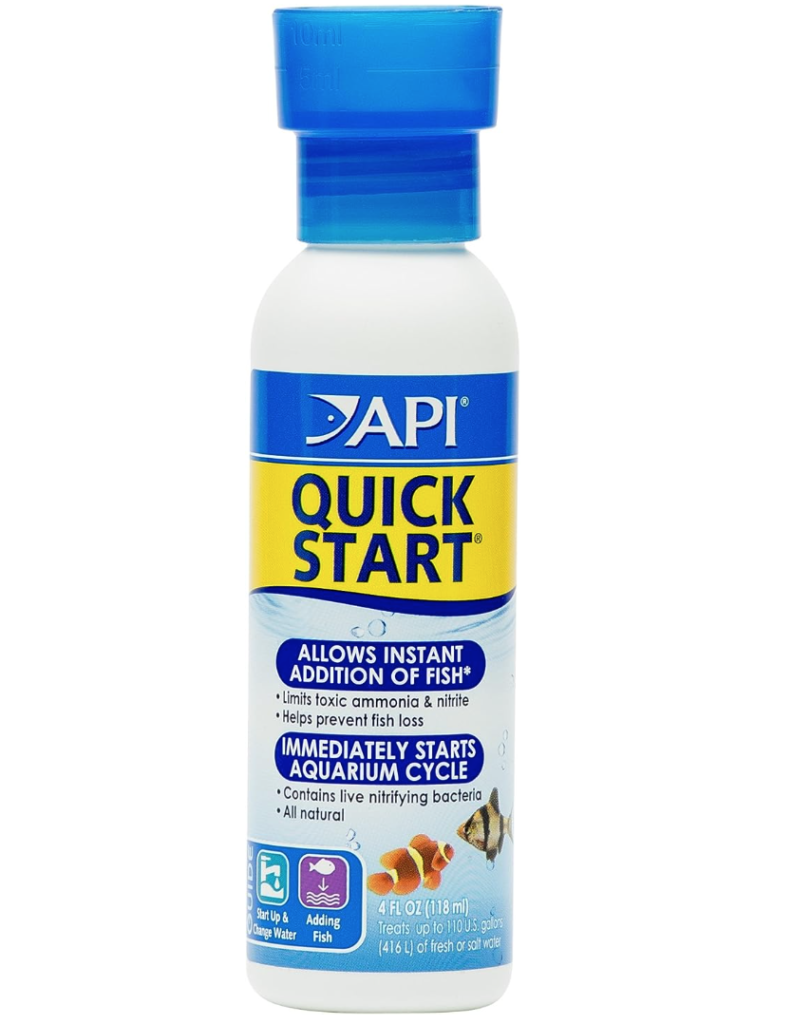
Checking Ammonia and pH Levels
Checking ammonia and pH levels regularly is crucial for both the fish and plants in an aquaponics system. Ammonia, a toxic byproduct of fish waste and decaying organic matter, can rapidly accumulate in the water, posing a serious threat to the health and well-being of the fish. High ammonia levels can lead to stress, reduced immunity, and even fatalities among the fish population.
On the other hand, the pH level of the water directly impacts nutrient availability for plants. If the pH is too high or too low, essential nutrients such as phosphorus, calcium, magnesium, iron, manganese, and zinc may become less available to the plants, leading to nutrient deficiencies and stunted growth.
In a neutral pH range (around 7), most nutrients are readily available to the plants. However, as the pH deviates from this range, nutrient availability can be compromised. For instance:
- Acidic pH (pH below 7): In acidic conditions, certain nutrients like phosphorus, calcium, and magnesium become less soluble and harder for the plants to absorb, resulting in nutrient deficiencies that can affect the overall health and growth of the plants.
- Alkaline pH (pH above 7): In alkaline conditions, micronutrients like iron, manganese, and zinc may become less available to the plants, leading to nutrient imbalances and poor growth.
In an aquaponics system, the fish waste contributes to the pH of the water. As fish release ammonia, it reacts with oxygen and water to form ammonium, which can increase the acidity of the system. The presence of nitrifying bacteria in the grow beds converts ammonium to nitrate, which can increase the alkalinity of the system. The natural processes of the aquaponics system can cause fluctuations in pH over time.
To ensure optimal nutrient availability and proper plant growth, it is essential to monitor the pH levels regularly and adjust as needed. This can be done using various techniques, such as adding pH-balancing chemicals, adjusting the fish feed, or incorporating buffering agents to maintain a stable and suitable pH range for the plants’ nutrient uptake.
Balancing pH Levels
To lower a pH above 7 back to neutral in your aquaponics system, you can use “pH Down” product, a commercial pH adjuster specifically designed for aquaponics. Dilute the recommended amount of “pH Down” in a 5-gallon sump bucket filled with water from the fish tank. Gradually add the solution back to the fish tank, allowing time for the pH to stabilize before retesting. Repeat this process until the desired neutral pH of around 7 is achieved. Ensure careful monitoring during this process to avoid drastic changes that may stress the fish.
Citric acid powder can be used as a substitute for “pH Down” product to lower the pH above 7 back to neutral in an aquaponics system. Citric acid is a natural acid and can effectively decrease the pH of the water without harming the fish or plants when used correctly. It is a safer and more eco-friendly option compared to some commercial pH adjusters. Dilute the citric acid powder in a 5-gallon sump bucket with water from the fish tank, and slowly add the solution back to the fish tank while monitoring the pH until it reaches the desired neutral range around 7.
To raise a pH below 7 back to neutral in your aquaponics system, you can use “pH Up” product, another effective pH adjuster tailored for aquaponics. Dilute the appropriate amount of “pH Up” in a 5-gallon sump bucket with fish tank water. Slowly add the solution back to the fish tank, giving the water time to stabilize before checking the pH again. Continue this gradual adjustment until you reach the desired neutral pH of approximately 7. As with any pH adjustment, avoid sudden changes to prevent fish stress and maintain a stable environment.
By carefully monitoring these levels, aquaponic farmers can make timely adjustments to ensure the water conditions remain optimal for both the fish and the plants, fostering a thriving and balanced ecosystem.
Ideal pH Range for Fish Species
For a koi pond with aquaponics filtration bed, the ideal pH range is between 6.8 and 7.2. This range provides an optimal environment for both koi fish and the plants. Koi thrive best in a slightly acidic to neutral pH range, while the plants can efficiently uptake essential nutrients within this spectrum. Regularly monitoring and maintaining the pH within this range will promote the well-being of the fish and support healthy plant growth. Always remember to use pH-adjusting products responsibly and carefully, considering the needs of both fish and plants in your aquaponics system.
Tilapia thrive best in a slightly broader pH range of 6.5 to 8.0. Tilapia, being hardy and adaptable fish, can tolerate a wider pH range. However, a neutral to slightly alkaline pH is generally considered ideal for their growth and health. Maintaining the pH within the recommended range ensures that essential nutrients are available for the tilapia and promotes their overall well-being.
Catfish also prefer a pH range that is slightly more flexible compared to koi. They can tolerate both slightly acidic and slightly alkaline conditions, as long as the pH remains stable and does not fluctuate drastically. A pH range between 6.5 and 8.0 is suitable for catfish in an aquaponics system, supporting their growth and minimizing stress.
It’s essential to regularly monitor the pH levels in the aquaponics system to ensure they are within the ideal range for the specific fish species being cultivated. Maintaining a stable and suitable pH level will contribute to the overall success and health of both the fish and the plants in the system.
Worm Species for Organic Waste Breakdown
Introducing worms like Red Wiggler Worms into the media can further enhance the system’s efficiency. These worms break down organic waste from the fish, uneaten food, and decaying plant matter into rich vermicompost. This natural fertilizer contributes to healthier plant growth and improved water quality.
Aerators
Some fish species may require additional aeration to thrive. In such cases, incorporating aerators into the pond system will help maintain optimal oxygen levels for the fish. Incorporating a small waterfall can also aid in oxygenating the water, benefiting both fish and plants.
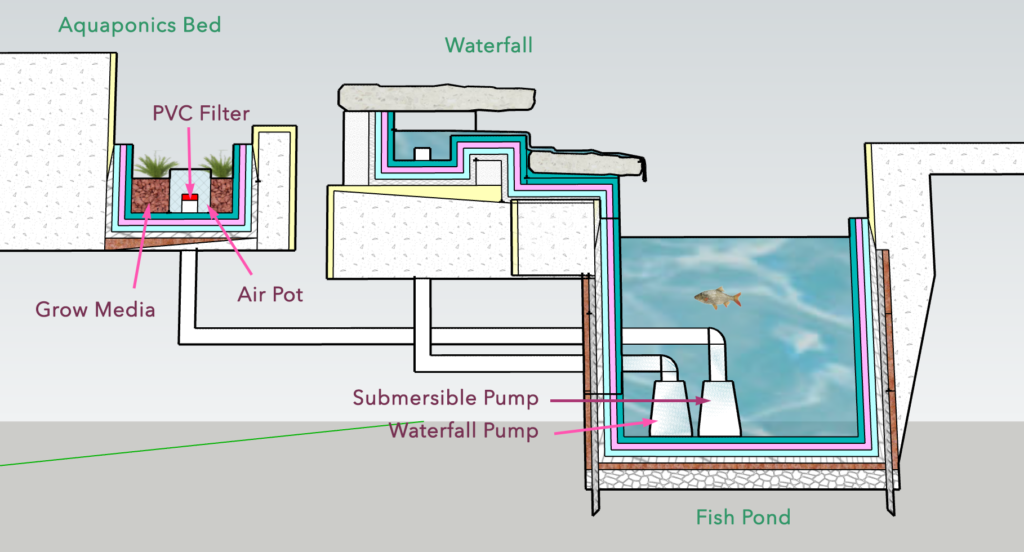
Sump Placement
In our outdoor system, the pond is downstream from the grow bed, simplifying the setup with a single pump and uses no sump tank, like many home-based aquaponics systems. Some commercial systems place a sump tank downstream form the fish tank. Water from the grow bed drains into the fish tank before overflowing into the sump. These systems can still run on a single pump located in the sump tank instead of the fish tank. The sump helps dilute pH balancing chemicals for large systems to maintain equilibrium without disturbing the fish.
In other commercial systems the grow bed is placed downstream from the media bed which is downstream from the fish tank. This system separates the media bed from the farmed plants which are grown on floating panels where the roots are constantly submerged necessitating continuous aeration of the plant roots.
Conclusion
By understanding how a fish tank and grow bed work in harmony, along with selecting suitable fish species, implementing appropriate media for nitrifying bacteria, introducing beneficial worms, and considering aeration and sump placement, you can establish a highly efficient aquaponics system. Not only will this system provide a sustainable means of producing both fish and vegetables, but it will also promote ecological balance and minimize waste. Embrace the wonders of aquaponics to cultivate your own thriving ecosystem while contributing to a greener future.

